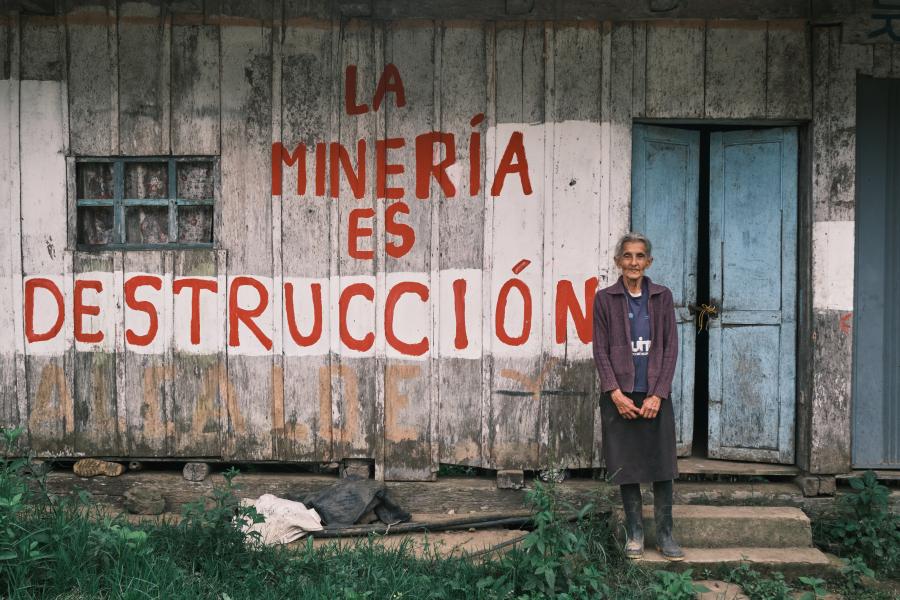
By Susan G. Enberg
Fort Albany First Nation in northern Ontario is a small community that—fifty to sixty years later—still reels from the pain caused by brutal abuses inflicted upon children of the James Bay region due to the residential school system. From 1920 to the 1960s, a great number of First Nations children from this region suffered brutal physical and sexual abuses in Fort Albany. Children from the reserve areas of Attawapiskat, Weenusk, Fort Albany, and Peawanuck were forcibly interned at St. Anne’s ‘Indian’ residential school as a matter of Canadian government policy, a racist-colonialist policy known as the Indian Act.
Many small children were ripped out of the arms of tearful parents who were threatened with imprisonment, excommunication, or loss of government subsidies should they refuse to place their children at St. Anne’s, a total institution that aimed for social engineering through Christianization. A culture of fear and silence prevailed as both children and parents were intimidated, told by staff members of the Roman Catholic Church that they would go to hell if abuses by the clergy were ever brought to light. Only since the 1990s has it become known that many of the abuses wielded against the children were inflicted by their caregivers and their teachers: the Roman Catholic clergy of St. Anne’s and workers at the school, with the complicity of the Canadian government.
As an academic and a human rights advocate, I had done much research before travelling to the Fort Albany First Nation community with a documentary crew. I was well informed and greatly disturbed when first learning about tortures endured by the children at the hands of their Catholic caregivers. These horrific acts included sexual molestation, rape, being forced to eat their own vomit, and being electrocuted in a homemade electric chair for the ‘amusement’ of bishops, priests, brothers, nuns, and visitors to the school. There were other students who became bullies at the school; bullies who learned from their teachers, the Catholic clergy, that brutal violence was not only socially acceptable but also encouraged. However, speaking with the Survivors in person has provided me an opportunity to truly humanize their stories.
To provide one example, Ed Sackaney asserts that boys at St. Anne’s were taught by a priest to dehumanize and objectify women and girls. The priest forced the boys to look at pornographic magazines, while missing no opportunity to highlight in very derogatory language the various private parts of a woman’s body. The priest taught that women were to be controlled by boys and men, and that girls and women were in no way equal to their male counterparts. This directly contrasts with traditional teachings of the Cree where women, as the life-givers, are to be highly respected. Thus, such an example helps us to understand that self-loathing and hatred of others became learned and ingrained through indoctrination and brutal violence. The violence inflicted upon the children of St. Anne’s led to a legacy of violence passed down through the generations. It is now being recognized, albeit slowly, that Survivors are not just those who attended residential schools, but also their children and grandchildren. It is a legacy that the Indigenous communities of James Bay are desperately trying to dismantle and to consciously uproot from their lives. One recent event in particular may help this along.
On September 4, 2015, I was informed through social media that the rectory, the last standing visual reminder of abuses by the Roman Catholic clergy at St. Anne’s, had burned to the ground. The rectory was a living hell for many of the children of St. Anne’s as they were often brought to that house of horrors through an underground tunnel. In both these places, the tunnel and the rectory, children suffered physical and sexual abuse, possibly including forced abortions. These brutal experiences turned the lives of the children into ashes. So, for many in the James Bay region, the rectory turning into ashes is perceived to be sweet justice.
Indeed, the implosion of this last visual reminder of St. Anne’s may be considered punishment for the crimes, indeed the ‘sins’, of the caretakers who destroyed the lives of the children. The burning of the rectory is also highly symbolic and timely as the Fort Albany First Nation community is taking many steps toward deeper forms of healing. A healing ceremony for Survivors is being planned. The Catholic diocese will be called upon to renounce and denounce its policy of protection for sexual predators among the Catholic clergy. And the OPP and United Nations will be called upon to search for the bones of the many children who were recorded as ‘missing’ from St. Anne’s.
For myself, I am grateful that my crew and I were able to capture the last known images of the rectory before it burned to the ground. Creating an archival database to be shared with the community and researchers will help to preserve the historical record for generations to come. For many who attended St. Anne’s, the fire and ensuing total destruction of the rectory may be considered a catalyst toward healing that is long overdue. From ashes to ashes. From these ashes, may the Survivors of St. Anne’s begin anew.
Photo: Rectory burning (4 September 2015): Elizabeth Kataquapit, St. Anne’s Survivor
--Susan G. Enberg is currently directing and producing her second documentary film, Erasing Cultural Genocide, in collaboration with the Survivors of St. Anne’s ‘Indian’ residential school (Ft. Albany First Nation, Ontario). A published journalist, Susan continues to pursue a Master’s degree in Documentary Media (filmmaking) at Ryerson University.



